
Skyrocketing HBM Will Push Micron Through $45 Billion And Beyond
Micron Technology has not just filled in a capacity shortfall for more high bandwidth stacked DRAM to feed GPU and XPU accelerators for AI and HPC. …

Micron Technology has not just filled in a capacity shortfall for more high bandwidth stacked DRAM to feed GPU and XPU accelerators for AI and HPC. …

An interesting thought experiment to do in 2025 when looking at the financial results of just about any of the key compute, storage, and networking component and system suppliers is to imagine how any given company’s numbers would look if you backed out the AI portions of its business. …
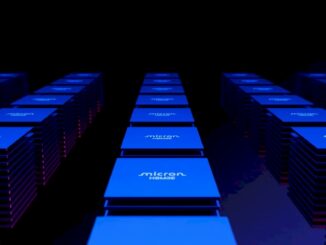
Here is what memory bandwidth and a certain amount of capacity is worth in the GenAI revolution. …
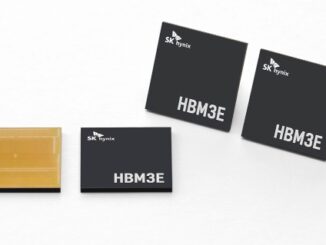
There are lots of ways that we might build out the memory capacity and memory bandwidth of compute engines to drive AI and HPC workloads better than we have been able to do thus far. …

Intel recently demonstrated a new type of DIMM memory technology called Multiplexer Combined Rank (MCR), also referred to as MRDIMMs, that provides up to 2.3X better performance for HPC workloads and up to a 2X better on AI inference workloads in comparison to 5th Gen Intel Xeon processors, based on internal Intel analysis. …

In the ten years since Google released Kubernetes to the open source community, it has become the dominant platform for orchestrating and managing software containers and microservices, along the way muscling out competitors like Docker Swarm and Mesosphere. …
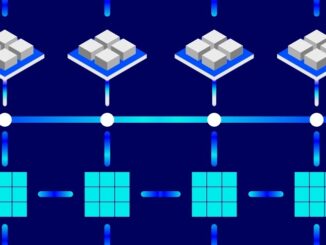
There is no shortage of silicon photonics technologies under development, and every few months it seems like another startup crops up promising massive bandwidth, over longer distances, while using less power than copper interconnects. …
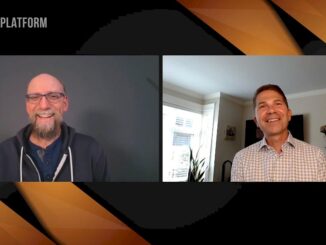
If you had to rank the level of hype around specific datacenter technologies, the top thing these days would be, without question, generative AI, probably followed by AI training and inference of all kinds and mixed precision computing in general. …

What good is a floating point operation embodied in a vector or matrix unit if you can’t get data into fast enough to actually use the compute engine to process it in some fashion in a clock cycle? …
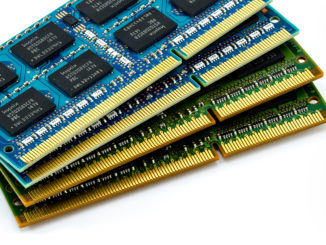
Conventional wisdom says that trying to attach system memory to the PCI-Express bus is a bad idea if you care at all about latency. …
All Content Copyright The Next Platform